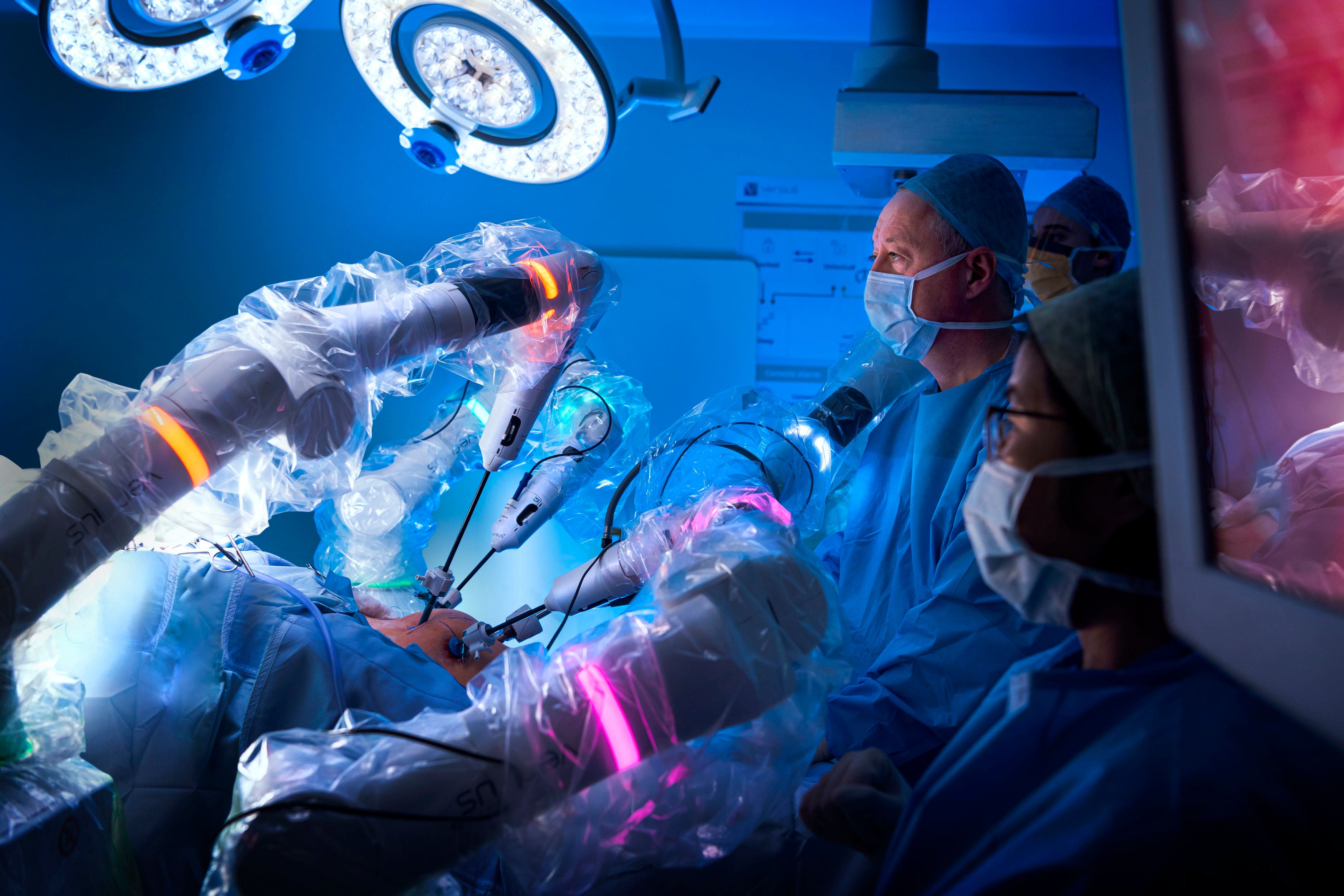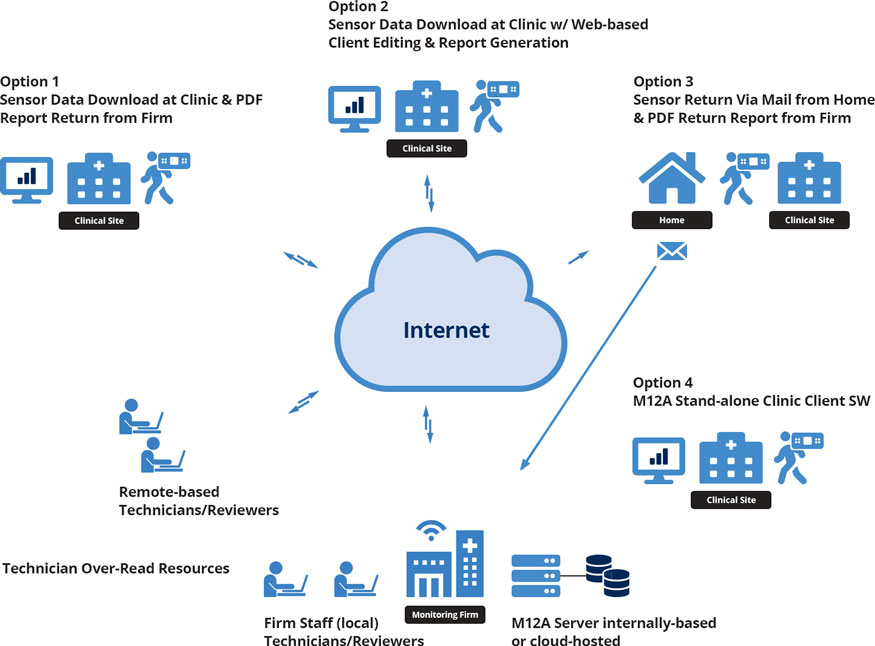
Innovative Ingestibles: The World of Health Sensors

Revolutionizing Healthcare: Exploring the Realm of Ingestible Sensors
In the realm of healthcare technology, the advent of ingestible sensors marks a groundbreaking development, offering innovative solutions that can revolutionize patient monitoring, diagnostics, and treatment. These miniature devices, swallowed like pills, are designed to collect valuable data from within the body, providing real-time insights and transforming the landscape of medical care.
The Marvel of Miniaturization: Understanding Ingestible Sensors
Ingestible sensors are marvels of miniaturization, typically in the form of small capsules or tablets equipped with sensors and wireless technology. These devices are ingested by individuals like regular medication, allowing them to traverse the digestive system while capturing data on various physiological parameters. The ability to miniaturize technology enables non-invasive monitoring, making it an attractive option for continuous health tracking.
Real-Time Data Capture: Unveiling the Inner Workings
The primary function of ingestible sensors is to capture real-time data from within the body. These sensors can measure a range of variables, including temperature, pH levels, and specific biomarkers. The data collected provides a dynamic and accurate representation of the body’s internal environment. This real-time insight is invaluable for healthcare professionals in understanding a patient’s condition without invasive procedures.
Wireless Communication: Sending Signals from
:max_bytes(150000):strip_icc()/woman-wearing-virtual-reality-headset-cf62fa3e2a6b49ce93df3e3cffa60fb7.jpg)

